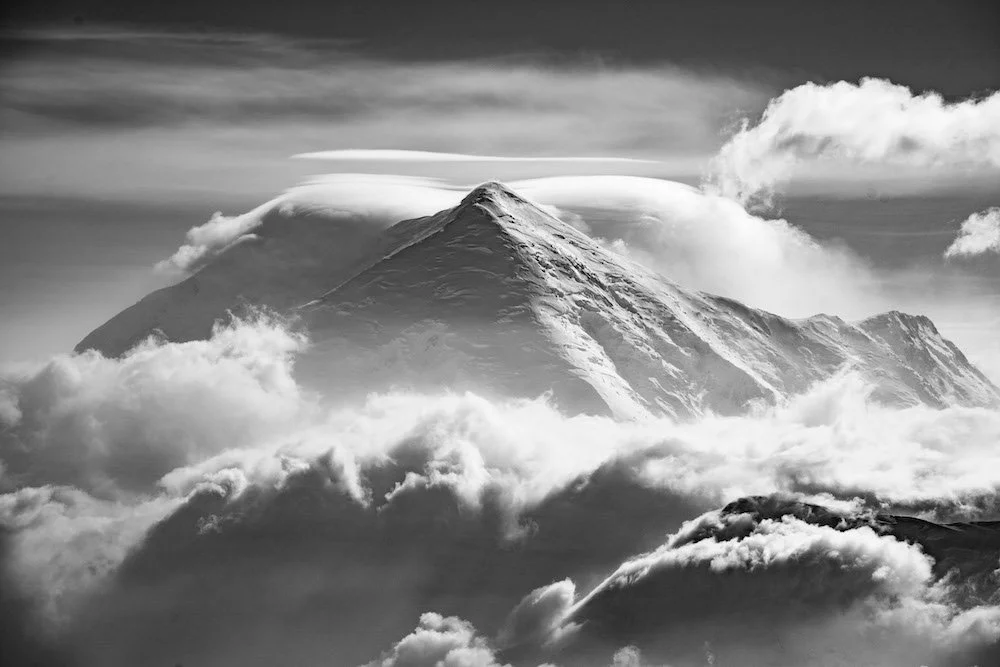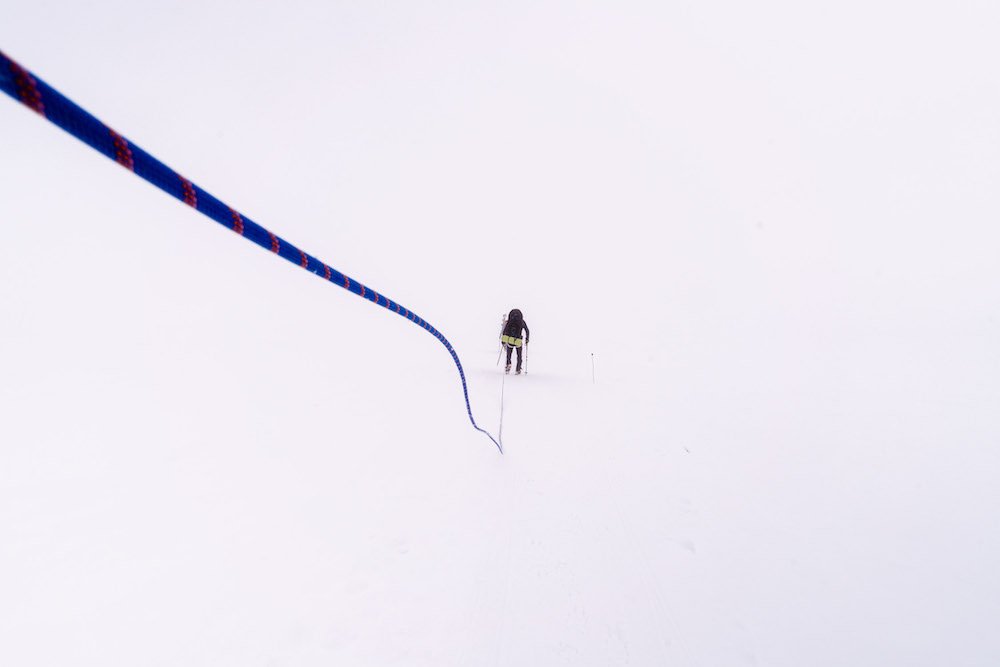The History of Mountaineering: Uncover the Origins of a Remarkable Pursuit
Mountaineering, as an activity, has a rich and fascinating history that dates back centuries. It has evolved from a necessity for survival and exploration to a passionate pursuit that combines physical endurance, technical skill, and a deep connection with nature. Let's delve into the origins of mountaineering and explore the journey it has taken over the years.
The history of mountaineering is a captivating journey that dates back centuries. From the early expeditions driven by survival instincts to the emergence of mountaineering as a recreational pursuit, it has evolved into a thrilling adventure sport. Key milestones include the first recorded ascent of Mont Blanc in 1786, the establishment of the Alpine Club in 1854, and the historic achievement of Sir Edmund Hillary and Tenzing Norgay summiting Mount Everest in 1953. Notable figures like Annie Smith Peck, Reinhold Messner, and Arlene Blum have pushed boundaries, shattered records, and inspired future generations. Explore the remarkable timeline of mountaineering and the ever-evolving techniques and equipment that have shaped this awe-inspiring pursuit.
Read on to climb through the history of mountaineering.
The Sultana Ridge of Mount Forker in Denali National Park, Alaska. Photograph by Dalton Johnson
Early Expeditions:
Mountaineering can trace its roots back to ancient times when people would venture into mountainous regions for various purposes. In regions such as the Himalayas, the Andes, and the Alps, early communities engaged in mountain travel to hunt, trade, or even seek refuge. However, these expeditions were driven primarily by survival instincts rather than recreational or sporting aspirations.
The Golden Age of Mountaineering:
The true development of mountaineering as a recreational activity can be attributed to the "Golden Age of Mountaineering." This period, which spanned from the mid-18th century to the late 19th century, witnessed a surge in interest and exploration of mountains purely for the sake of reaching their summits.
Europe, particularly the Alpine region, became the epicenter of mountaineering during this era. Pioneering climbers and explorers like Jacques Balmat and Michel-Gabriel Paccard successfully ascended Mont Blanc, the highest peak in the Alps, in 1786, marking a significant milestone in mountaineering history. This accomplishment ignited a spirit of adventure and exploration, inspiring others to follow suit.
The Evolution of Climbing Techniques and Equipment:
As mountaineering gained popularity, climbers faced the challenge of conquering increasingly difficult and technical routes. This led to the development of specialized climbing techniques and equipment to overcome the obstacles presented by steep slopes, treacherous terrain, and harsh weather conditions.
In the early days of mountaineering, climbers relied on basic tools such as walking sticks, ropes made from natural fibers, and wooden pegs for support. However, advancements in technology and material sciences revolutionized climbing equipment. The introduction of crampons, ice axes, and pitons (metal spikes driven into cracks) significantly enhanced climbers' ability to ascend icy and rocky surfaces.
The late 19th and early 20th centuries witnessed notable advancements in climbing techniques. The advent of rope techniques, such as belaying and rappelling, increased climbers' safety and allowed for more complex ascents. Additionally, the development of rock climbing techniques, like the use of handholds and footholds, enabled climbers to tackle challenging vertical faces.
Mountaineering and Exploration:
Mountaineering has often been intertwined with the spirit of exploration. In the 19th and early 20th centuries, expeditions to uncharted regions, such as the Himalayas and the Karakoram, were driven by a quest to conquer the world's highest peaks. The race to summit peaks like Everest, K2, and Nanga Parbat captivated the imagination of adventurers and explorers.
These expeditions not only pushed the limits of human endurance but also led to remarkable geographical discoveries. Mountaineers mapped previously unexplored territories, surveyed glaciers, and contributed to scientific knowledge about mountain ecosystems.
Modern Era and Competitive Mountaineering:
In the modern era, mountaineering has diversified into various disciplines, including alpine climbing, ice climbing, rock climbing, and expedition mountaineering. It has also become a competitive sport, with climbers participating in events like speed climbing, bouldering, and sport climbing competitions.
Moreover, advancements in safety equipment, such as harnesses, helmets, and protective gear, have further enhanced the safety and accessibility of mountaineering. Climbing technology has seen continuous improvement, with lightweight and durable materials making equipment more efficient
Timeline of important Mountaineering Events:
1786: Jacques Balmat and Michel-Gabriel Paccard successfully ascend Mont Blanc, the highest peak in the Alps, marking the first recorded ascent of a major mountain.
1854: The Alpine Club, the world's first mountaineering club, is established in London, England, laying the foundation for organized mountaineering.
1865: Edward Whymper leads the first successful ascent of the Matterhorn, a challenging peak in the Swiss Alps. The expedition ends tragically with the death of four climbers during the descent.
1897: Annie Smith Peck becomes the first woman to summit the Matterhorn, challenging societal norms and paving the way for women in mountaineering.
1953: Sir Edmund Hillary and Tenzing Norgay reach the summit of Mount Everest, the world's highest peak. This historic achievement captivates the world's attention and marks a significant milestone in mountaineering history.
1954: Italian climbers Achille Compagnoni and Lino Lacedelli successfully conquer K2, the second highest peak in the world. This achievement solidifies K2's reputation as one of the most challenging mountains to climb.
1960: The Seven Summits challenge is proposed by Richard Bass, encouraging climbers to conquer the highest peaks on each continent. This concept sparks a new wave of mountaineering goals and aspirations.
1975: Junko Tabei becomes the first woman to reach the summit of Mount Everest, breaking gender barriers and inspiring future generations of female climbers.
1980: Reinhold Messner and Peter Habeler make history by becoming the first climbers to reach the summit of Mount Everest without supplemental oxygen, pushing the limits of human achievement in high-altitude mountaineering.
2004: Arlene Blum leads the first American women's ascent of Annapurna I, one of the deadliest and most challenging peaks in the world, highlighting the capabilities and determination of women in mountaineering.
2021: Nirmal Purja sets a world record by completing the ascent of all 14 of the world's 8,000-meter peaks in just over six months, a feat previously believed to be impossible.
Famous Mountaineers and what they accomplished:
Sir Edmund Hillary (1919-2008): The New Zealand mountaineer who, along with Tenzing Norgay, became the first to reach the summit of Mount Everest in 1953.
Junko Tabei (1939-2016): The Japanese mountaineer who became the first woman to reach the summit of Mount Everest in 1975 and the first woman to complete the Seven Summits challenge.
Reinhold Messner (Born 1944): The Italian mountaineer known for his numerous climbing achievements, including being the first to summit all 14 of the world's 8,000-meter peaks.
Arlene Blum (Born 1945): The American mountaineer who led the first all-female ascent of Annapurna I in 1978 and has been a prominent advocate for women's participation in mountaineering.
Maurice Herzog (1919-2012): The French mountaineer who led the successful 1950 French Annapurna expedition, becoming the first to reach the summit of an 8,000-meter peak.
Gerlinde Kaltenbrunner (Born 1970): The Austrian mountaineer who became the first woman to climb all 14 of the world's 8,000-meter peaks without using supplemental oxygen.
Chris Bonington (Born 1934): The British mountaineer who has achieved numerous notable ascents, including leading the first successful ascent of the South Face of Annapurna in 1970.
Nirmal Purja (Born 1983): The Nepalese mountaineer and former British Special Forces member who set the world record for the fastest ascent of all 14 of the world's 8,000-meter peaks in 2019.
These renowned mountaineers, both men and women, have made significant contributions to the field of mountaineering, pushing the boundaries of human achievement and inspiring countless individuals to explore the world's highest peaks.
Climbing Mount Shasta, one of the tallest volcanoes in the lower 48 of the United States. Photograph by Dalton Johnson
As we reflect on the history of mountaineering, we acknowledge the bravery, perseverance, and camaraderie that define this remarkable pursuit. It serves as a testament to the indomitable human spirit and our unyielding desire to explore new heights, both literally and metaphorically.
So, whether you aspire to summit the world's highest peaks or simply appreciate the courage and achievements of those who do, the history of mountaineering stands as a testament to the human quest for adventure, discovery, and the unending pursuit of reaching new summits.












